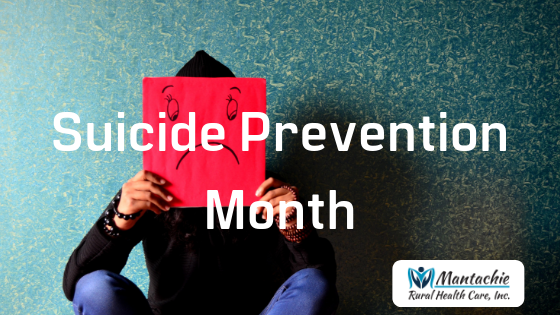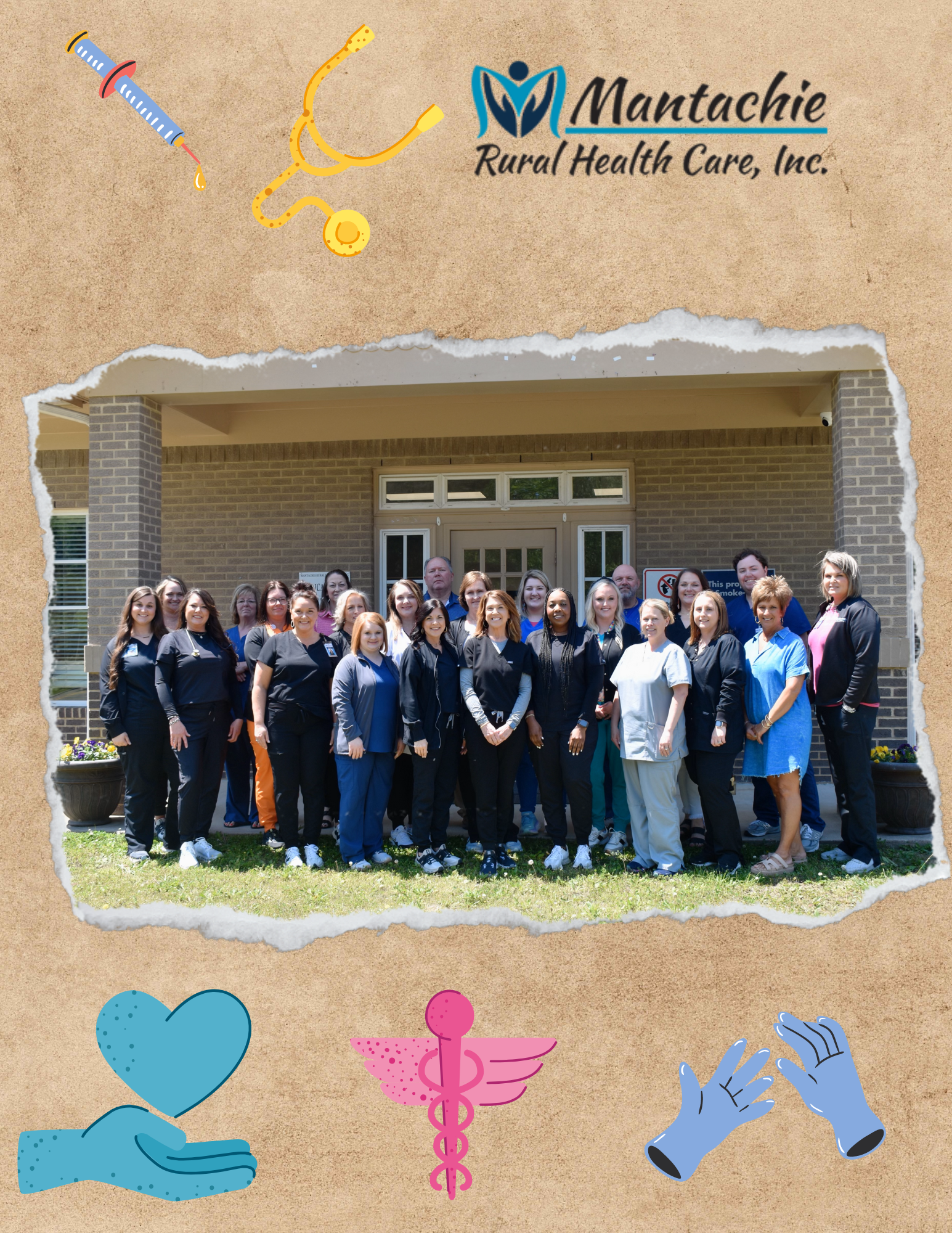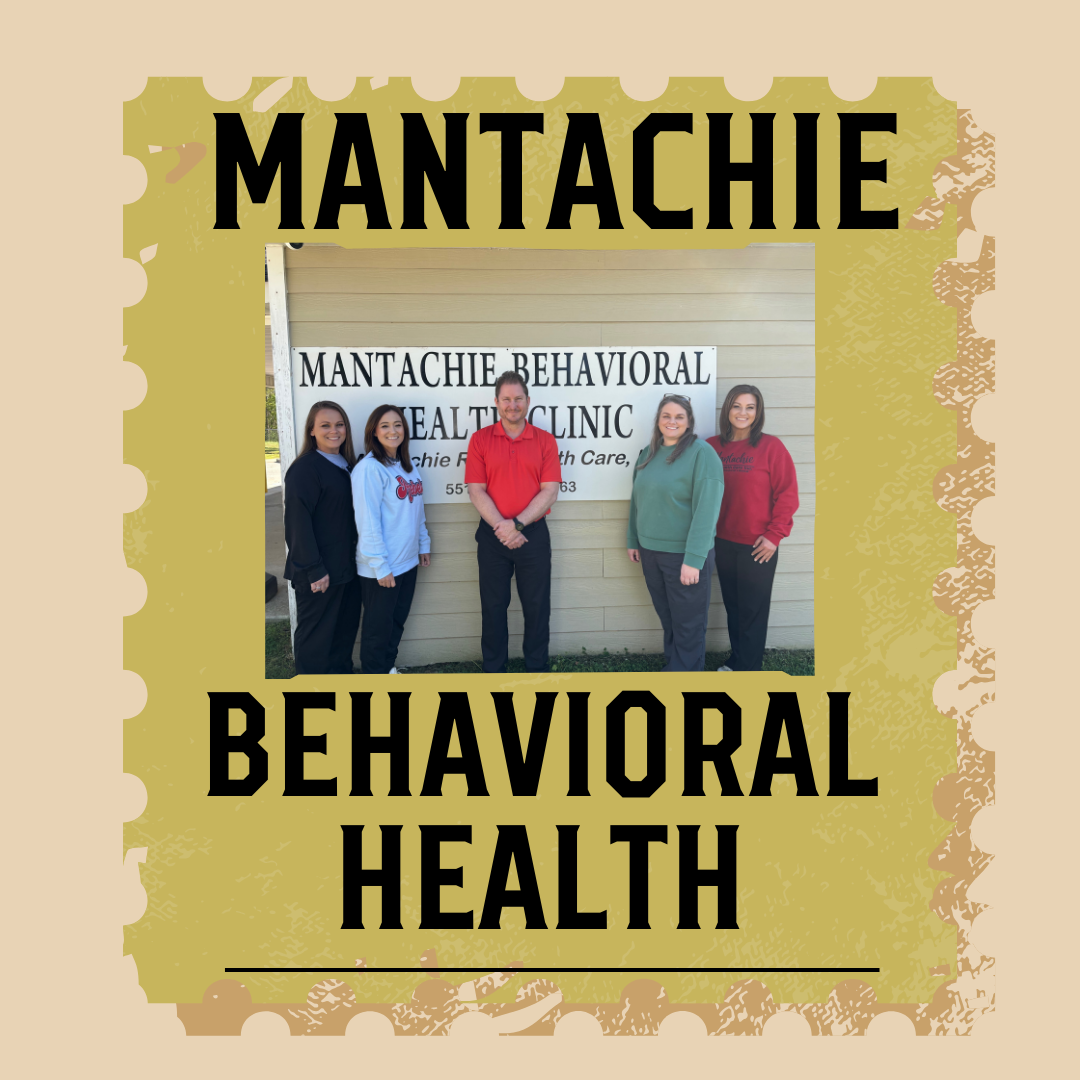
An average of 129 suicides occur each day in the United States. 129. Let that number sink in for a moment. That means that today, more than 100 Americans will take their own lives.
Disturbing statistics like this are the reason September has been recognized as Suicide Prevention Month. Organizations like the American Foundation for Suicide Prevention and the National Suicide Prevention Lifeline understand the causes of suicide and believe this is one manner of death that can be prevented.
The Causes of Suicide
Unlike most illnesses or causes of death, the exact cause of each individual suicide can’t always be narrowed down. However, a number of common risk factors are found in many suicide victims according to the National Suicide Prevention Lifeline.
- Mental disorders, particularly mood disorders such as schizophrenia and some personality disorders.
- Drug addiction or alcohol abuse
- History of abuse or trauma
- Feelings of hopelessness
- Aggressive or impulsive tendencies
- A major physical illness or injury
- Lack of healthcare, particularly for mental or substance abuse treatment
- Relationship, job or financial loss
- Family history of suicide
- Previous suicide attempts
- Lack of social support; stigma surrounding mental health, substance abuse, and suicide
- Local clusters of suicide
- Ease of access to means of suicide
- Religious or cultural beliefs, especially if suicide is viewed as a noble resolution for a problem
- Exposure to others who have committed suicide including in real life, internet or media
As you can see, there’s no shortage of risk factors for suicide. It’s important to note that white, middle-aged men are at a greater risk for suicide than any other group. In fact, white males accounted for almost 70% of suicides that occurred in the U.S. in 2017.
Spotting the Risks
Suicide Prevention Month is a great time to remember to be aware of the risks of suicide. You already know the risk factors, but you also need to recognize the warning signs that come with those factors. You should get help if you or someone you love:
- Talks about wanting to die.
- Looks for means for suicide, such as searching for ways online or buying a gun.
- Speaks about feelings of hopelessness, a lack of a will to live, unbearable pain, or being a burden to others.
- Begins behaving recklessly or acts anxious or agitated
- Becomes increasingly isolated or withdrawn.
- Sleeps too much or too little.
- Displays extreme mood swings, shows rage, or speaks of revenge.
If you recognized any of these behaviors or risk factors in yourself or a loved one, don’t wait to reach out and get help. Mantachie Rural Health Care has joined the fight against suicide by providing accessible and affordable healthcare and behavioral healthcare to everyone in our community. Contact us today to learn how we can help you or your loved one address mental and physical issues that increase the risk of suicide.
If you or someone you love is in crisis, dial the National Suicide Prevention Lifeline at 1-800-273-8255 for immediate help. Suicide Prevention Month spreads awareness and saves lives. By sharing this valuable information with someone, you might save their life.





Speak Your Mind